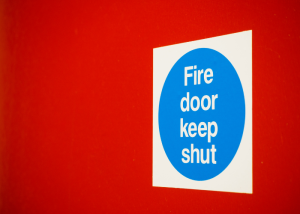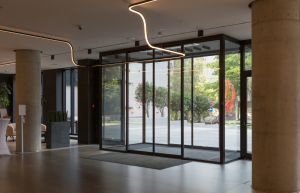When it comes to fire safety, ensuring your fire escape routes are clear and functional is crucial. A blocked or faulty escape route can be deadly during an emergency. But how often should you check your fire escape routes?
Why Checking Fire Escape Routes Is Important
Fire escape routes allow people to exit a building quickly and safely in an emergency. Keeping these routes clear and functional can save lives. Checking the routes regularly ensures they remain safe and meet safety regulations.
Fire escape routes must comply with local laws, including accessibility and safety standards. Regular checks make sure you stay compliant and maintain a safe environment.
How Often Should You Check Your Fire Escape Routes?
The frequency of checks depends on the type of property you manage. However, you should inspect fire escape routes at least once a month, especially in commercial buildings with high foot traffic.
Additionally, you should inspect the routes during the following situations:
- After construction work: Ensure that nothing blocks the routes.
- During fire drills: These drills identify problems with escape routes and help people practice using them.
- When occupancy changes: If the number of people using the building increases, check that the escape routes can handle the new load.
- After an emergency: Inspect the escape routes after any incident to ensure they still function properly.
What to Look for During Fire Escape Route Checks
When you check your fire escape routes, focus on the following:
- Clear Pathways: Ensure that nothing blocks the route. Look for furniture or debris that might obstruct the way.
- Working Doors: Automatic doors and fire doors must open easily. Check that all systems, including door closers, function properly.
- Visible Signage: Emergency exit signs should be clear and illuminated. They must be easy to read in any light conditions.
- Panic Hardware: Ensure that panic bolts and push bars are intact and function smoothly. These mechanisms must be easy to use in an emergency.
- Emergency Lighting: Verify that lights along the escape route are working, especially in poorly lit areas.
Who Should Be Responsible for Fire Escape Route Inspections?
Building owners or facility managers are responsible for checking fire escape routes. However, employees and tenants should also report any problems. A collaborative approach ensures a safer environment for everyone.
Conclusion
Regular checks of your fire escape routes are vital for safety and legal compliance. Conducting inspections every month and addressing issues promptly helps ensure the routes will work properly in an emergency. At Supreme Doors, we offer a range of fire doors and safety solutions. If you need help with maintenance or installations, we are here to assist.
For more information about our fire door services, contact us today.




